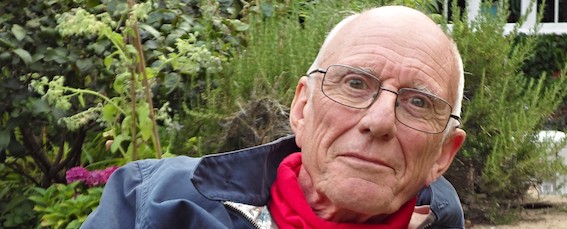I am downsizing the collection of books I have inherited from my parents or bought for myself. Easiest to get rid of guiltlessly are those volumes (mostly per-1930) which can be found full-text or facsimile online (mostly at Hathi Trust, Internet Archive or the Gutenberg Project).
This post is a rough survey of my parents' library. I tend to list the hard copy volumes and note whether they are available online. If they are, I will let the hardcopies go to Oxfam, etc. My point is that their books represent a particular family background but more generally, the tastes of their time. Either way, they are a snapshot of a civilisation. Read more...

